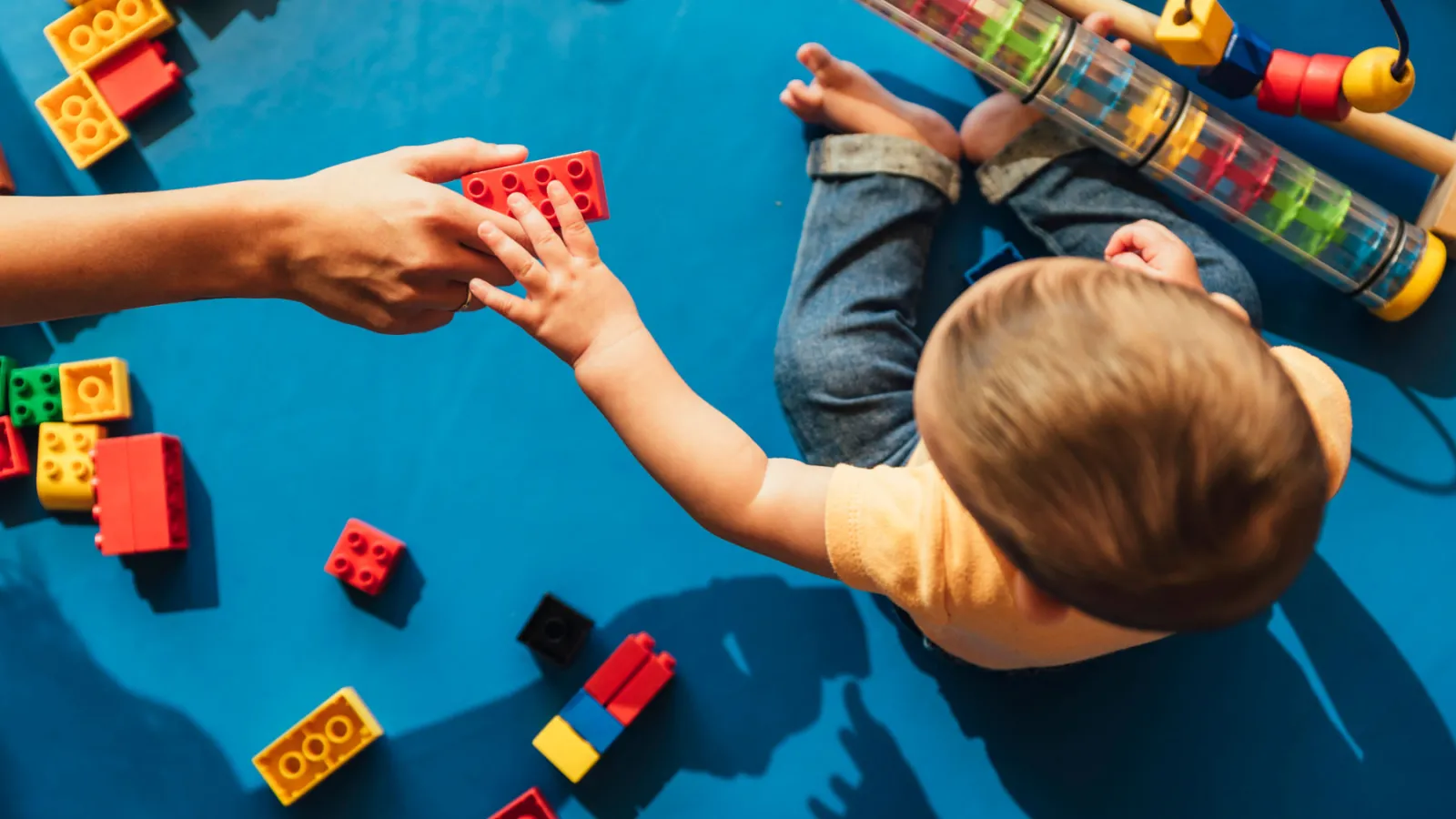Banner

Title
resources
Resource Library
Our Resource Library contains materials and assistance for early childhood educators and those they serve. Explore our selection of podcasts, tip sheets, websites, documents, and self-study courses.
Results: Page 38 of 50
| Resource Name | Description | Resource Type |
|---|---|---|
| Protect Your Loved Ones - Find The Right Seat | The National Highway Traffic Safety Administration (NHTSA) created the Car Seat Finder, a simple tool that helps families locate the appropriate car seat for their child. Enter your child’s age, height, and weight to see the suitable types of car seats. Then, use the NHTSA Car Seat Inspection Finder to find an inspection station staffed with certified technicians who can assist families in installing and correctly using their child’s car seat — often at no cost. This tool also offers a virtual car seat inspector, a Certified Child Passenger Safety Technician (CPST), who provides guidance on car seat installation and use through a video call, enabling caregivers to have their car seats inspected and their questions answered from home. | Website |
| Qeexitaanka Qaybaha Wax Barashada (Defining Activity Areas) | Talo wax ku ool ah oo ku saabsan qorsheynta naqshadeynta jawiga gudaha iyo dibadda ee fasallada dhallaanka iyo dhallaanka si loogu daro meelaha waxqabadyada la qeexay.Practical advice on planning the design of the indoor and outdoor environment of classrooms for infants and babies to include defined activity areas. | Tipsheet |
| Qodobo Muhiim ah ee laxiriira bey’adda dhallaanka dhashay ama kuwa socod baradkaa #3: Carri Mushaaxa uu Cunugu horseedey iyo Qadarinta Cunuga (Essential Elements of Infant & Toddler Environments: #3 Child-Initiated Exploration and Respect) | Qaybta saddexaad ee taxane ah lix cunsur oo muhiim u ah qaabeynta jawi loogu talagalay dhallaanka iyo socod baradka. The third in a series of six essential elements in designing environments for infants and toddlers. | Tipsheet |
| Quarantine and Isolation Posters | This is information from the Head Start Early Childhood Learning & Knowledge Center (ECLKC): "People of any age who have COVID-19 or were in close contact with someone with COVID-19 should follow the recommendations outlined in this guidance. These recommendations do not change based on the community level of COVID-19. These infographics explain what people should do if either of these things are true: They are exposed to COVID-19 but have no symptoms They test positive for or have symptoms of COVID-19 The documents identify the actions to take from day zero to day 10 based on vaccination status, the ability to wear a mask, medical condition, and symptoms. People should speak to a health care provider when isolating and any time they have questions about quarantine or isolation.' | Document |
| Questions to Ask When Looking for a Dental Office | "It can be difficult to find a dental office that works for you and your child. This tip sheet from Head Start - ECLKC provides examples of some questions that you can ask dental office staff before you decide to make an appointment." | Document |
| Qué hacer cuando los niños muerden (What to do When Children Bite) | Esta hoja de consejos explica por qué los niños muerden y proporciona estrategias para utilizar con niños que muerden. This tip sheet unpacks why children bite and provides strategies to use with children who bite. | Tipsheet |
| Radon Basics | The American Lung Association's Radon Basics course is a free one-hour interactive online learning program designed to help people understand more about radon, a radioactive cancer-causing gas commonly found indoors at dangerous levels. This course is designed to be appropriate for anyone who wants to learn more about radon and about how to test for it and fix problems, including home buyers, real estate professionals and home inspectors concerned about safe and healthy housing. | Website |
| Ready Wriggly Prepares for Flu Season | The Centers for Disease Control and Prevention has created Ready Wrigley to provide parents, guardians, teachers, and young children with tips, activities, and a story to help the whole family prepare for emergencies. | Document |
| Recommended Books for Children Coping With Loss or Trauma | Books can be wonderful tools to use with children who have experienced difficult times such as trauma or loss. Reading (or being read to) and talking with adults can help them understand and cope with their feelings in a developmentally appropriate way. Reading also offers a great way to spend time with a child, reinforce a sense of normalcy and security, and connect with them, all of which are important to recovery from a traumatic experience. This resource is from the National Association of School Psychologists. | Document |
| Relaxation Techniques for Child Care Providers | This tip sheet highlights some practical strategies to facilitate relaxation for caregivers and educators. | Tipsheet |
Results: Page 38 of 50